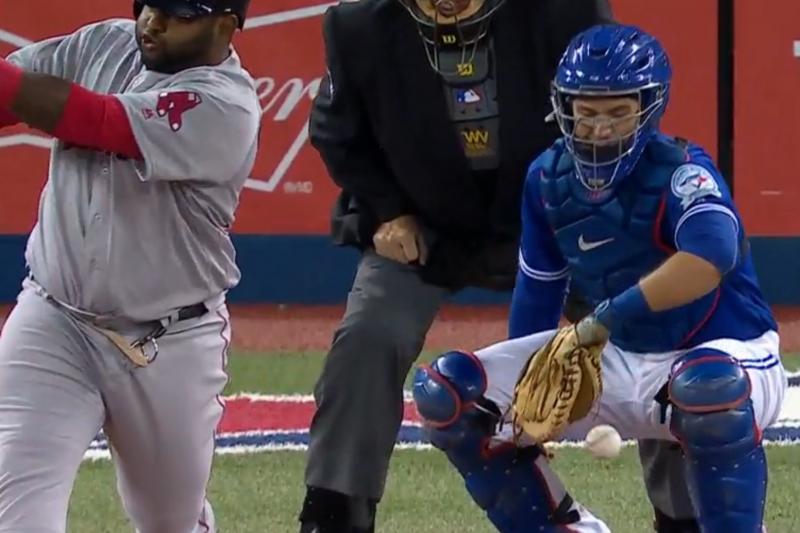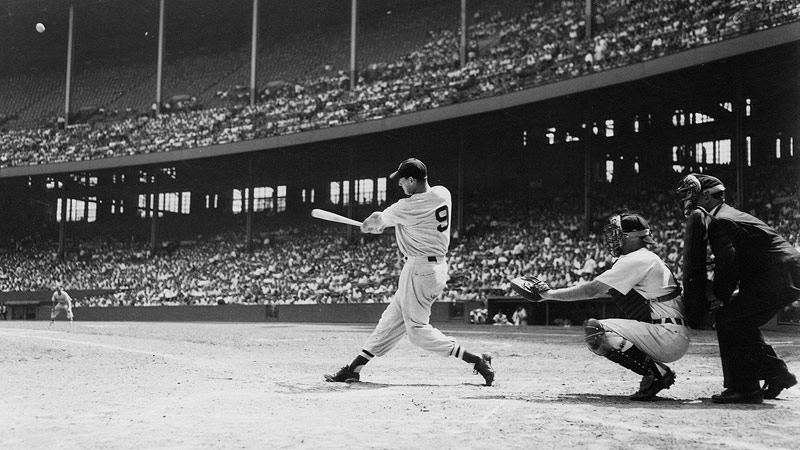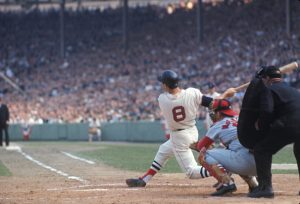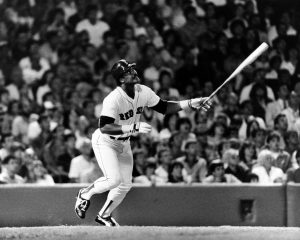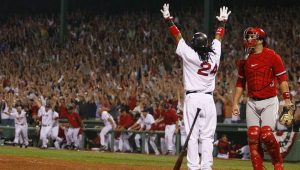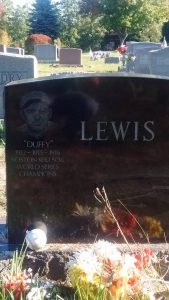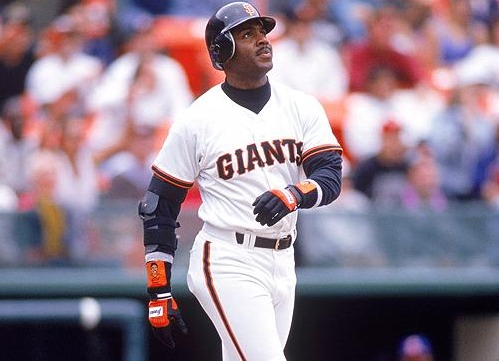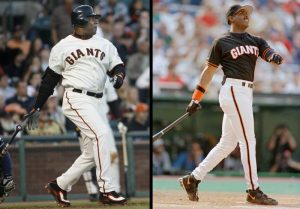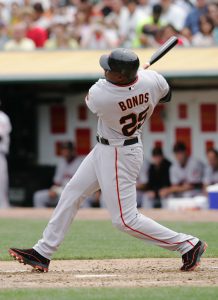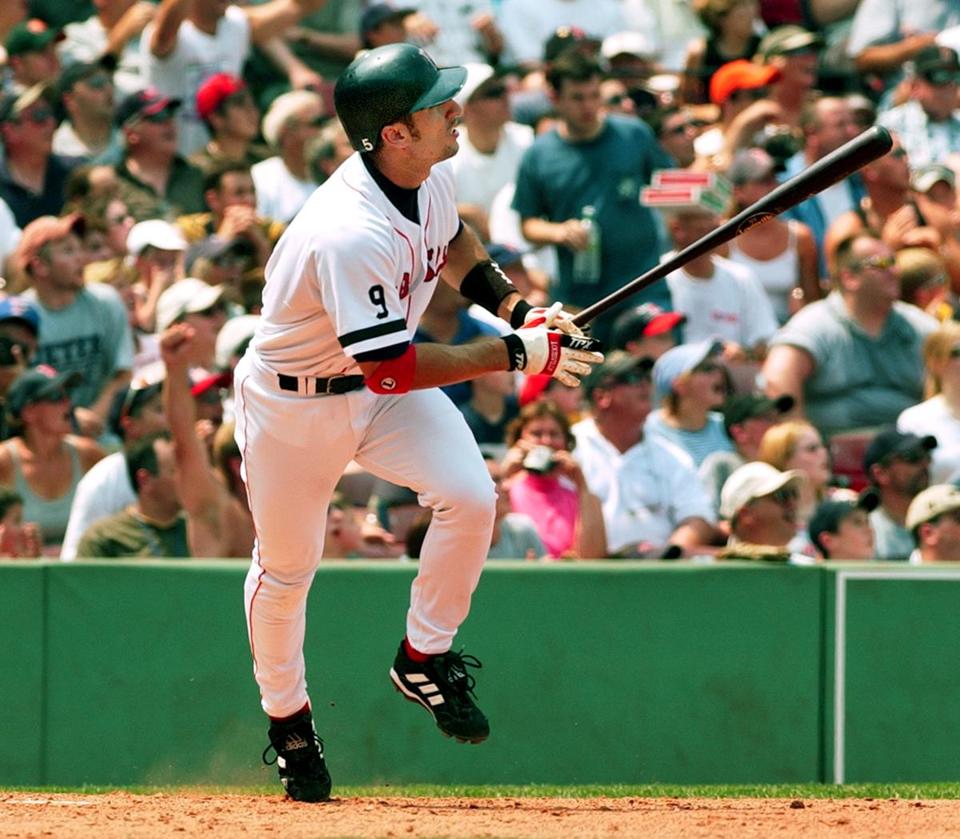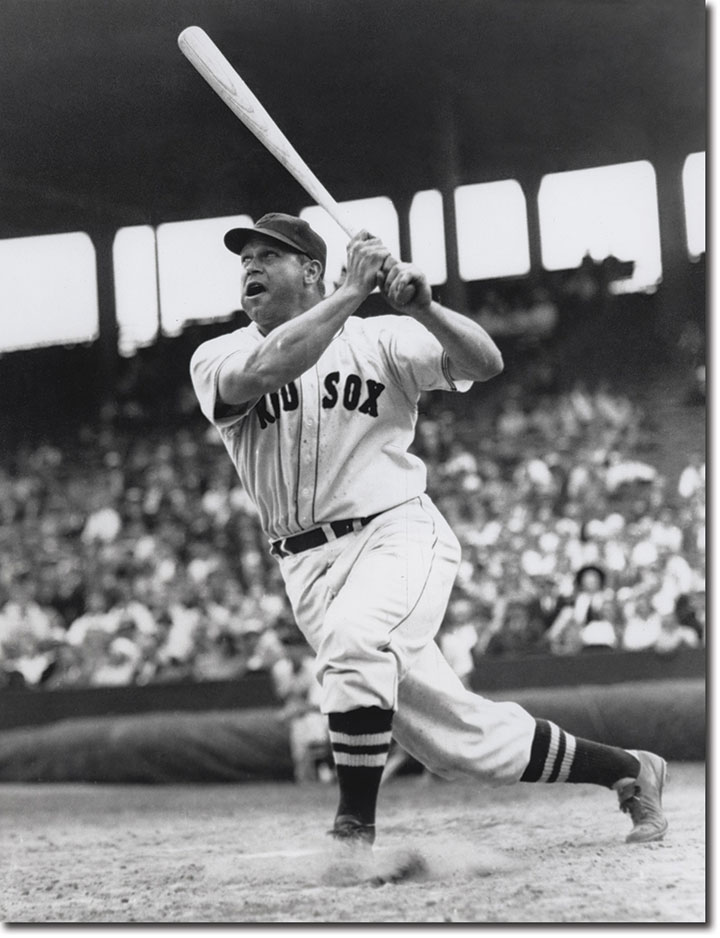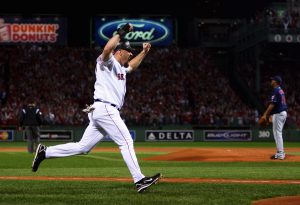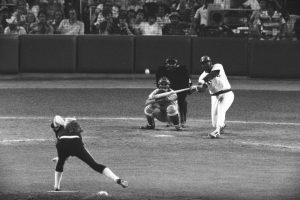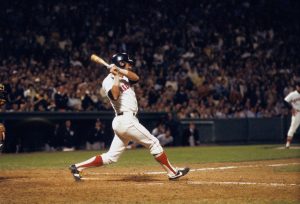I have decided to create an all-time teenager team. This isn’t picking the best players who debuted as teenagers. This picks the players who performed the best while they were teenagers. It is an impressive feat to make the major leagues while most people are still in school, so let’s celebrate those who have.
Pitching Staff

Dwight Gooden #16 of the New York Mets poses for a season portrait. Dwight Gooden played for the New York Mets from 1984-1994. (Photo by Rich Pilling/MLB Photos via Getty Images)
Dwight Gooden
The Doc headlines the staff, as he went 17-9 with a 2.60 ERA, 1.07 WHIP and 276 strike outs during his age-19 season. Gooden won the Rookie of the Year Award, made the all-star team and placed second in the CY Young Vote. Gooden also led the league in both WHIP and strike outs. Doc had a chance at being an all-time great, but instead ruined his career with Darryl Strawberry by snorting cocaine constantly. Gooden had notched 154 Ws by the age of 28, yet would win just 40 the rest of his career.
Bob Feller
Feller broke into the majors at the age of 17, pitching almost three full seasons as a teenager. Placing him second on this staff is for the body of work, considering he pitched three different seasons. None of his seasons were the second best by a teen. In 1936, at 17 years old Feller went 5-3 with a 3.34 ERA and struck out 76 batters in only 62 innings. This feat is made even more impressive considering it was 1936, batters didn’t strike out much back then. The next season Feller won nine games against seven losses. He had a 3.39 ERA and again struck out more than a batter per inning. In 1938, at the age of 19, Feller won 17 games and struck out a league high 240 batters. He also walked a league high 208 batters!
Gary Nolan
Gary Nolan broke into the big leagues at the age of 18 in 1967, quickly turning 19 in May. He had a phenomenal rookie season, finishing 14-8 with a 2.58 ERA, 1.12 WHIP and 206 strike outs. Unfortunately, pitching at such a young age may have caught up to Nolan, as he suffered arm problems and had a short career. By age 24, Nolan was 76-47 with a 2.83 ERA and was coming off a 1.99 ERA in 1972. Over the next two seasons he pitched only 10.1 innings. After two successful comeback seasons in 1975 and 1976, Nolan re-injured his arm and retired at just 29 years old.
Wally Bunker
Another young guy who had a short career due to arm problems. At the age of 19 in 1964, Bunker was the Orioles ace, going 19-5 with a 2.69 ERA, 1.04 WHIP and a league leading .792 winning percentage. However, he hurt his arm late that season and was never quite the same. He enjoyed some success the following season, but his career was over by the time he was only 26 years old.
Joe Wood
Tough call for the fifth spot, but I’ll give it to Smoky Joe. Wood was known for throwing as hard as anyone in the game, but his violent delivery did not allow him to sustain his velocity as late into games as Walter Johnson could. In 1909, Smoky Joe went 11-7 with a 2.18 ERA and 1.02 WHIP for the Sox. He would remain one of the very best pitchers in all of baseball up through 1915, despite pitching injured for those last couple seasons. Based on accounts of the pain, he probably suffered from a torn rotator cuff. However, in 1915, his final season as a pitcher before switching to hitting because of the pain, Wood led the league with a 1.49 ERA. At that point, at age 25, Wood was 117-56 with a 1.99 ERA and 1.08 WHIP for his career. He should be in the Hall.
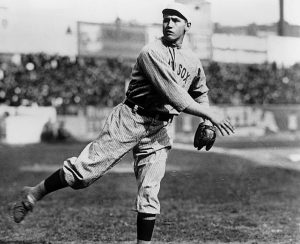
Bullpen
Rube Bressler
Bressler had an interesting career. In 1914, making 10 starts and 19 relief appearances, Bressler won 10 games versus four losses while pitching to a 1.77 ERA and 1.14 WHIP. That’s why he’s on this team. However, over the rest of his career he would go 16-28 with a 4.01 ERA. So what did he do? He switched to hitting and batted .311 between 1921 and 1932.
Larry Dierker
Dierker pitched two seasons as a teenager, mostly starting, but he made 10 relief appearances while a teenager. In 1965 at 18 years old Dierker posted a 3.50 ERA. The following season he brought his ERA down to 3.18 while finishing with a 10-8 record. In both seasons he had a 1.17 WHIP. Dierker had himself a solid career, making two all-star teams and winning 20 games once.
Walter Johnson
I’m cheating a bit with this one, as Johnson made 12 starts versus only two relief appearances in 1907. Despite being 5-9 on a really bad Senators team, Johnson had a 1.88 ERA and 1.09 WHIP. As I said, really bad Senators team. The Senators were bad almost his entire career and yet he won 417 games. Imagine if he had pitched on a decent team.
Jim Palmer
This one is actually not cheating, as Palmer was a reliever initially. In 1965 Palmer went 5-4 with a 3.72 ERA while mostly pitching out of the bullpen. Of course, he had one of the best careers on this list.
Don Gullett
In 1970, Gullett went 5-2 with a 2.43 ERA and six saves pitching out of the Reds bullpen. Over the next eight seasons, Gullett would primarily start, and do it very well, receiving Cy Young votes in two separate seasons. He was forced to retire in 1978 at the age of 27 due to shoulder problems. He was 109-50 with a 3.11 ERA for his career.
Billy McCool
Who wouldn’t want a guy with the name McCool closing out games for them? McCool turned 20 in mid July in 1964, but spent enough time as a teenager before that to qualify. He was 6-5 that season with a 2.42 ERA, 1.06 WHIP and seven saves. He went on to save 39 games over the next two seasons, but flamed out quickly and was out of the league by the age of 26.
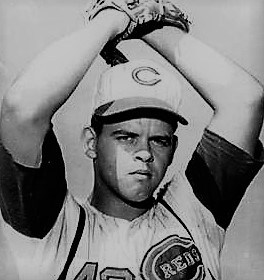
Billy McCool of the Reds.
Starting 9
Catcher
Del Crandall batted .263 with four home runs and 34 RBI during 1949. As one can imagine, there haven’t been many highly successful teenage catchers. Crandall would spend most of the next decade and a half as the Braves primary catcher and hit 179 career home runs.
First Base
Phil Cavarretta turned 19 in July of 1935, his first full season in the Bigs with the Chicago Cubs. He batted a very respectable .275 with eight home runs, 12 triples and 82 runs batted in. His 82 RBI were good for third most on the team. Cavarretta spent almost two decades with the Cubs, through the 1953 season.
Second Base
Sibby Sisti is the only guy I even wrote down. Unfortunately, the other infield positions have several more worthy candidates than Sisti fighting with each other. Sibby batted .251 with six home runs and a .664 OPS in 1940, when he turned 20 years old in July.
Shortstop
Edgar Renteria gets the nod, which surprises me. I forgot he was a teenager when he broke in with the Marlins. In 1996, at age 19 (he turned 20 in August), Renteria batted .309 with a .757 OPS for the Marlins, also stealing 16 bases. So he gets the pick over some worthy competition.
Third Base
This one was close, but I am going with Freddie Lindstrom. He and Buddy Lewis had very similar batting numbers, but Lewis committed many more errors so the nod goes to Freddie. Lindstrom batted .287 with 12 triples and a .761 OPS in 1925, the highest OPS of any teenager who didn’t play the outfield. Lindstrom eventually made the Hall of Fame courtesy of the Veterans Committee.
Outfield
Mel Ott broke in at the age of 17 and batted .309 over 223 at bats during two partial seasons to begin his career. In 1928, at the age of 19, Ott was up for good and posted arguably the best offensive season a teenager ever has. That season Ott batted .322 with 18 homers, 77 runs batted in and a .921 OPS, the highest ever by a teenager. Standing at just 5’9” 170 pounds, Ott went on to win six home run crowns and bash over 500 career home runs.
Tony Conigliaro is one of the biggest ‘what ifs’ ever. Conigliaro homered in his first Fenway at bat (and later would homer in his first game back from his beaning). In 1964, at the age of 19, Tony C hit 24 home runs, the most ever by a teenager. He accomplished that in only 111 games. He also batted .290 and posted a stellar .883 OPS. The next season he would lead the league in home runs with 32 at just 20 years old. Conigliaro had 104 home runs in only 494 games at the time of his head injury at just 23 years old.
Bryce Harper didn’t disappoint in his first season. In 2012 he posted an .817 OPS while making the All-Star team and winning the Rookie of the Year Award. He batted .270 with 22 home runs and stole 18 bases at the age of 19.

Mel Ott, New York Giants Hall of Fame outfielder, practices his unusual swing in preparation for the upcoming World Series in 1936. This is the third image in a series of four. (Photo Mark Rucker/Transcendental Graphics/Getty Images)
